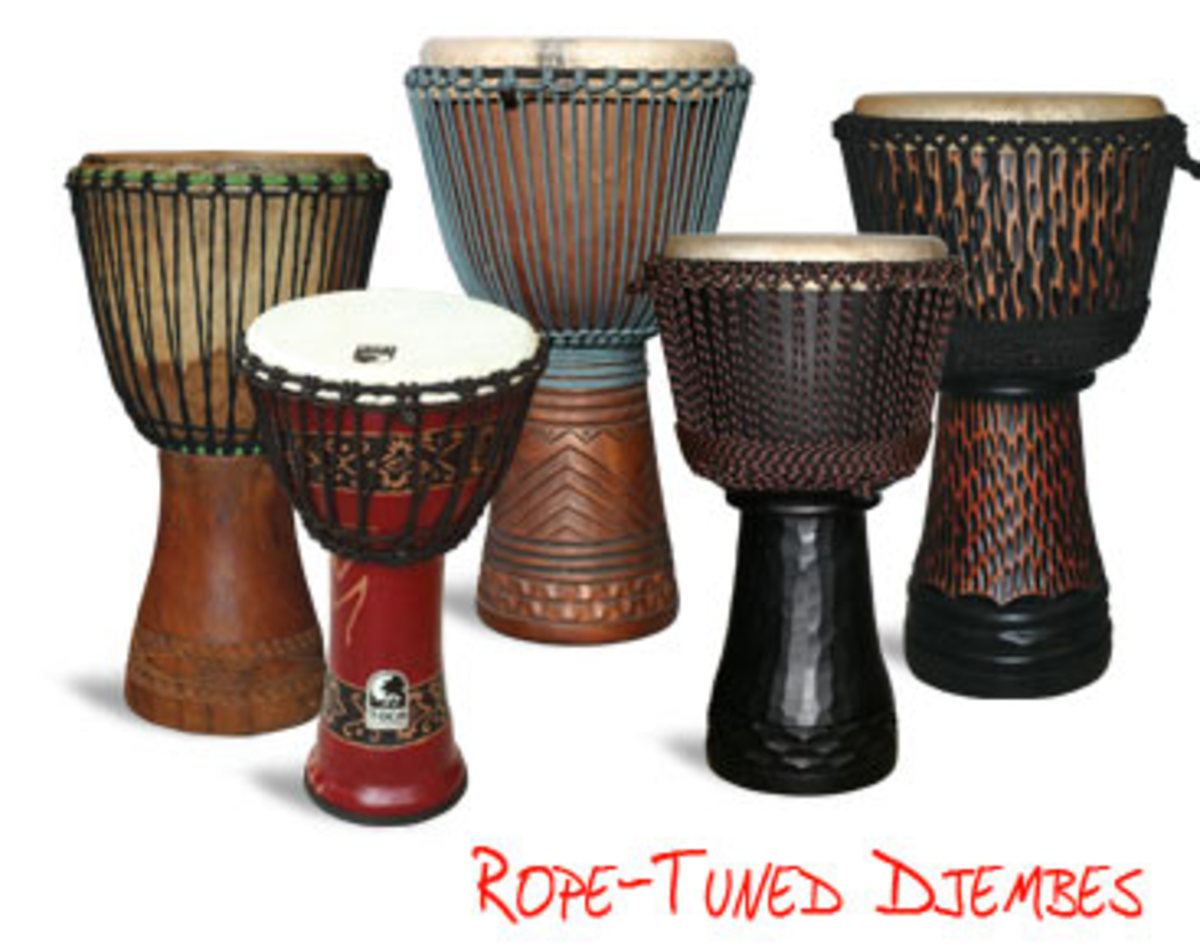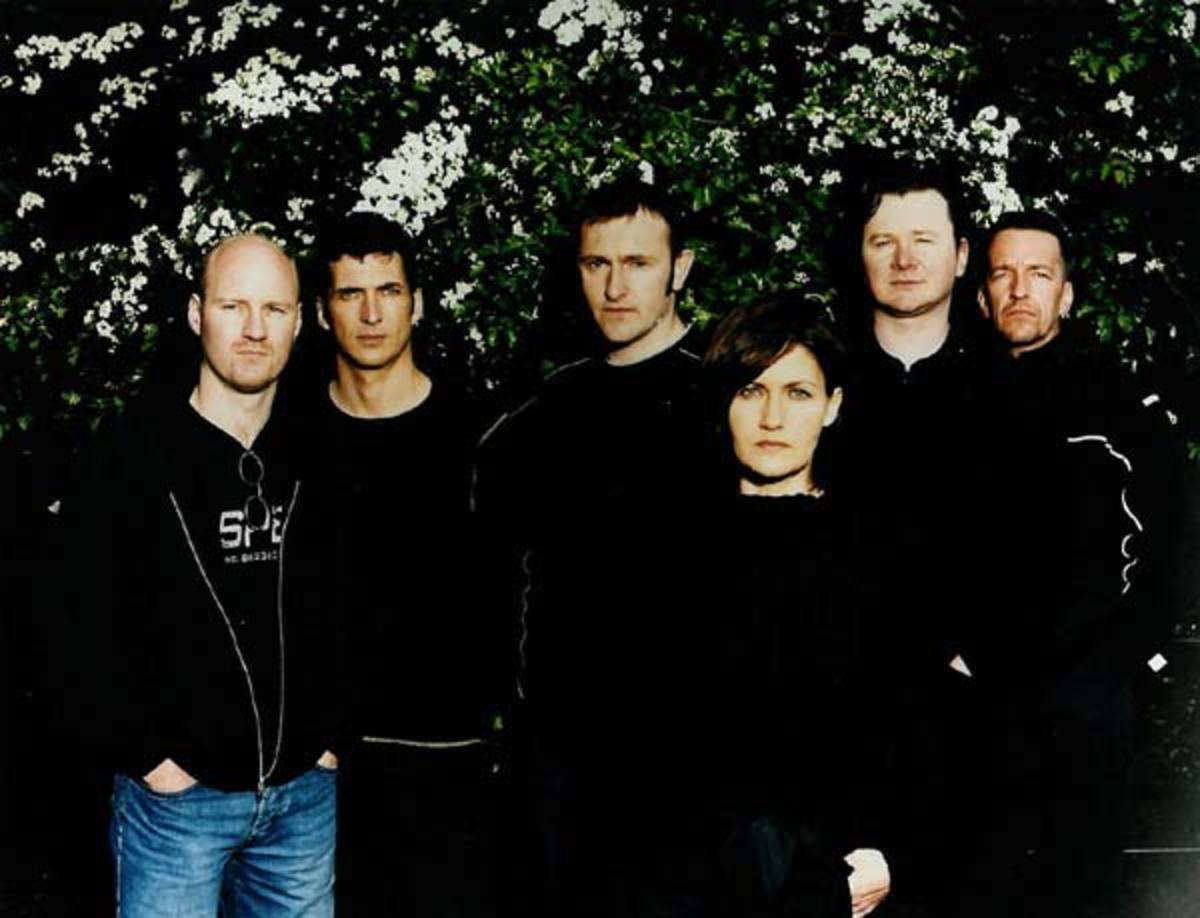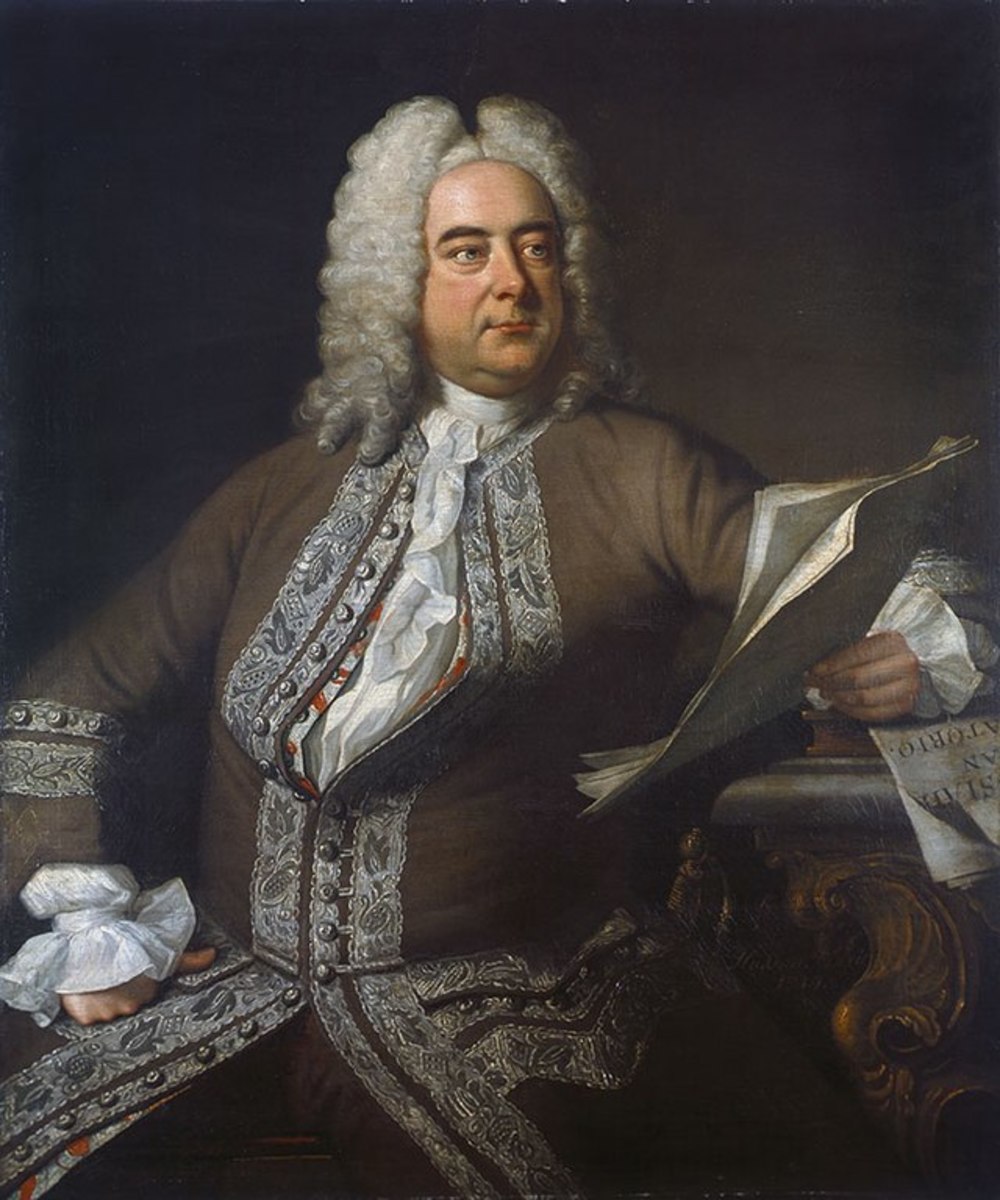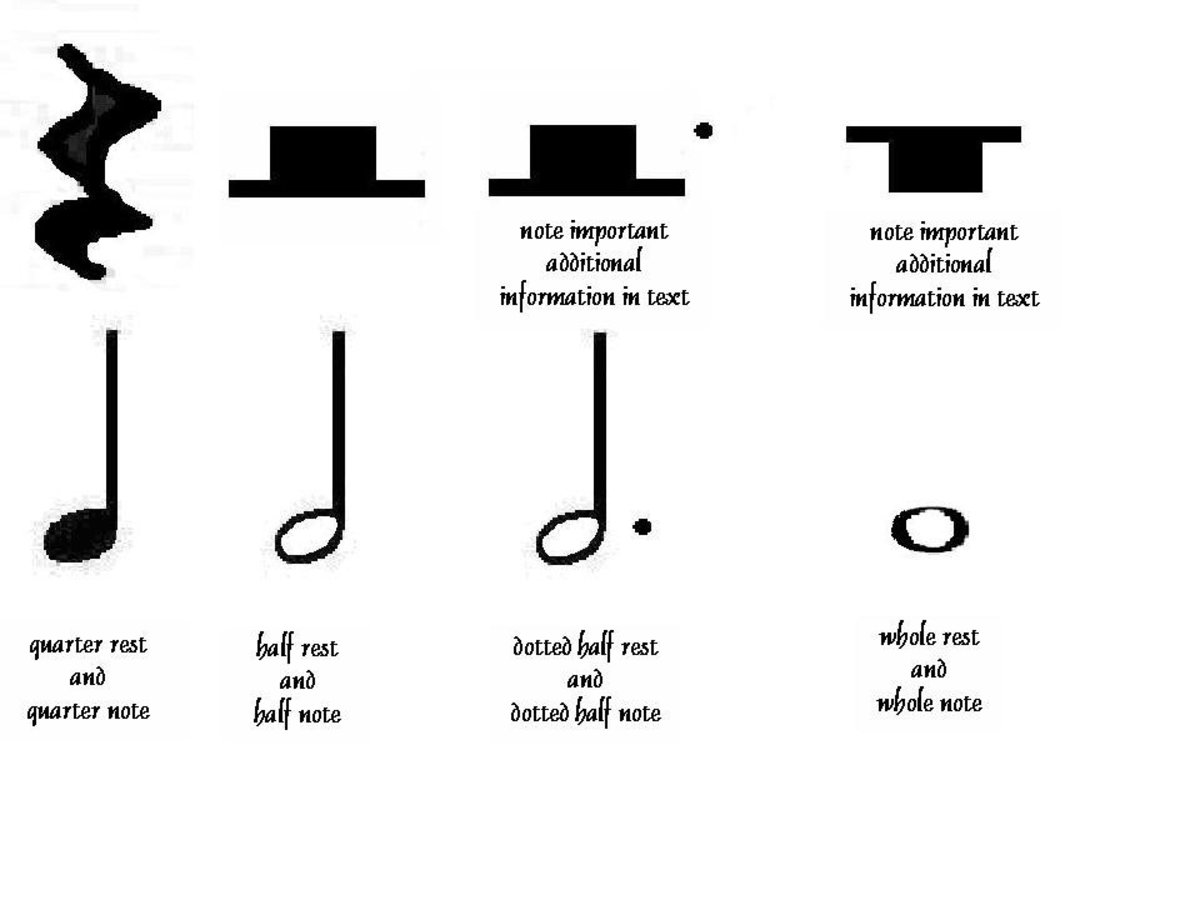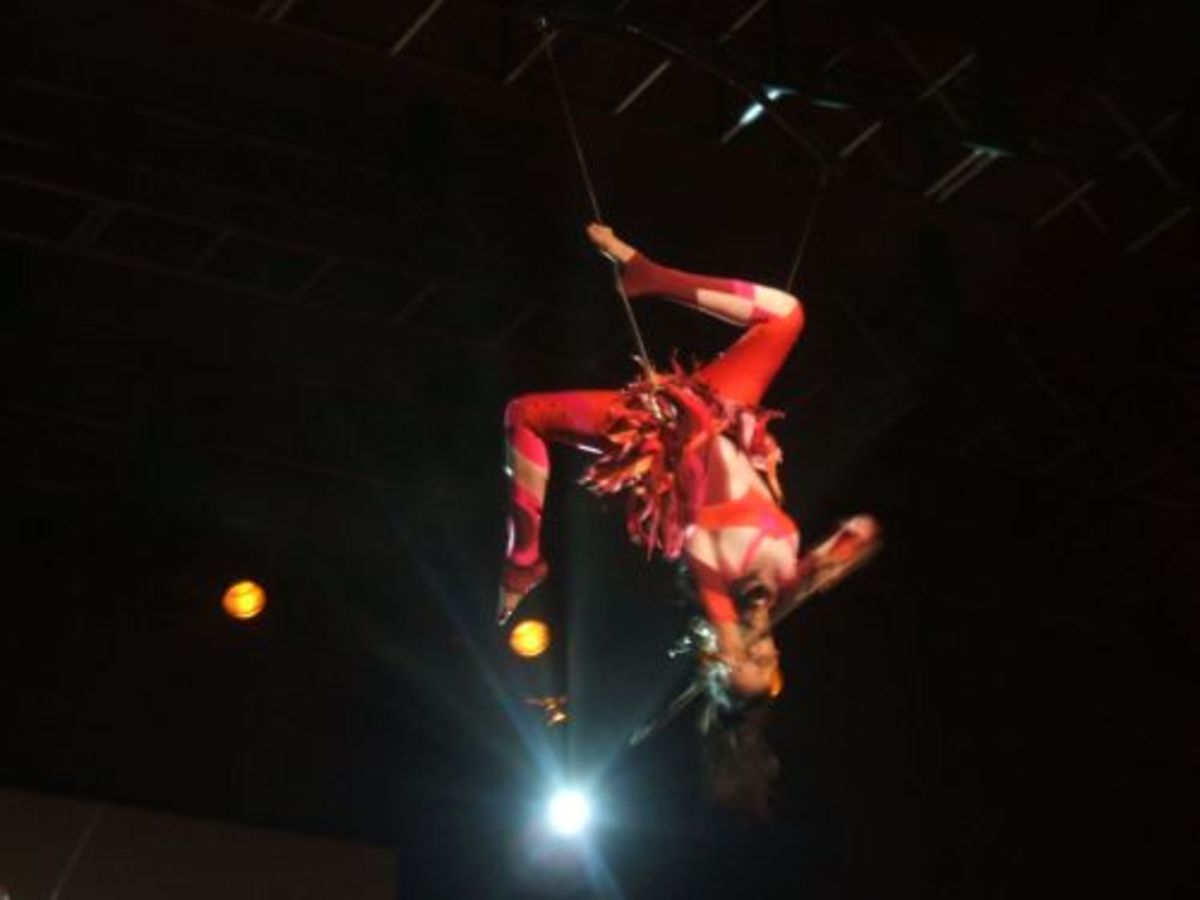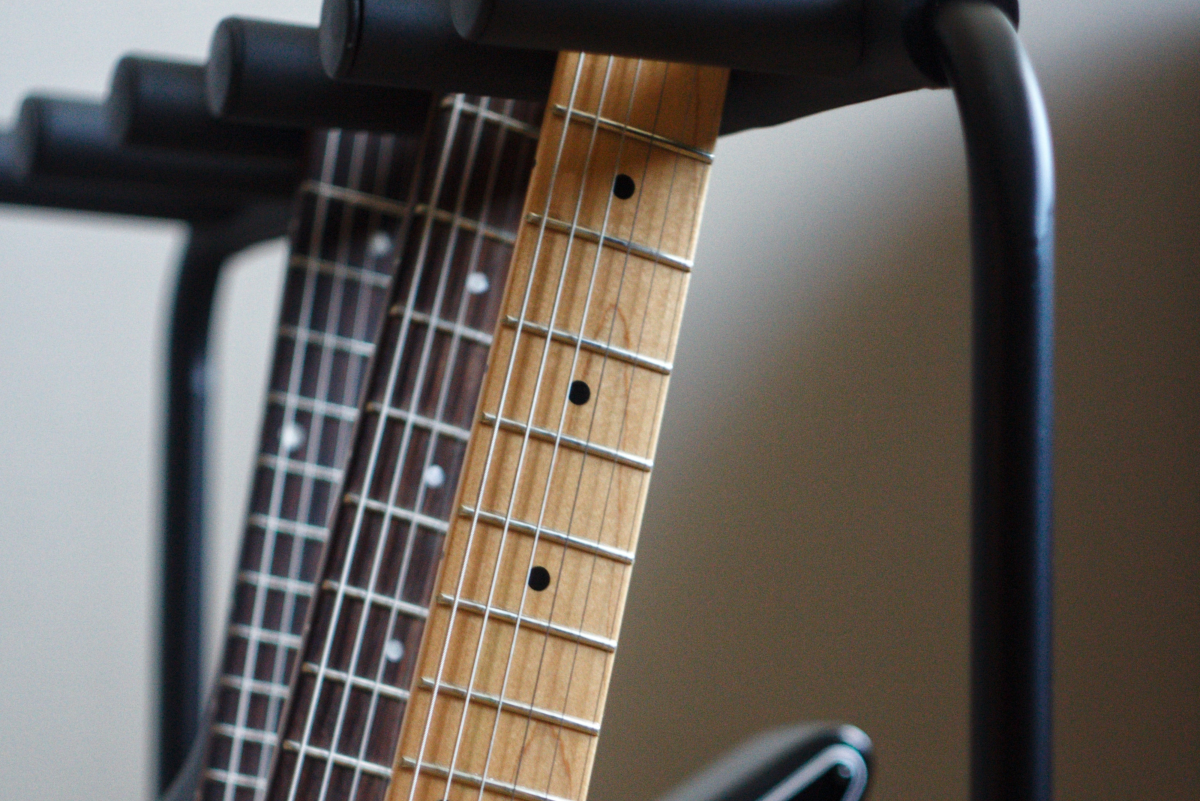GCSE Music Notes - Koko - Yiri
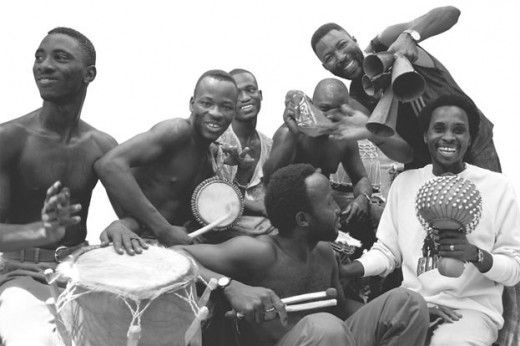
Context
Koko is a band from Burkina Faso, in Western Africa. The name Yiri (meaning wood), is based on the drums being made out of wood
Instrumentation
The piece uses two balafons, one higher in pitch and one lower. A balafon is similar to the xylophone, with wooden bars that are hit with padded beaters. Gourd resonators are used to amplify and resonate the sound. Talking drums, played with a hooked stick, are used aswell as djembes, a goblet shaped drum played with the hands. The band members of kok also sing as a choir and there is one soloist singer.
Structure
The piece is in three sections. Firstly there is an introduction featuring a balafon solo. The main section includes choruses A and B, with balafon breaks separating them. In the middle there is a vocal solo where call and response is used between the soloist and the choir. A coda finishes the piece where the balafons play a short phrase 5 times in slight variations. A bell finishes the piece.
Texture
This piece has an overall layered texture. However, a monophonic texture is used in the introduction with the balafons, which then becomes heterophonic when the second balafon joins as they are playing slightly different versions of the same melody at the same time. A heterophonic texture can also be found in the outro.
Melody
Yiri uses the hexatonic scale of G♭ major, with the exception of the introduction, which is in F. The balafons play mostly short falling patterns that emphasize the tonic G♭ and the dominant D♭. The balafon breaks feature solos that are very virtuosic.
Dynamics
There is little variation in dynamics, the only thing that can be said is that they are mainly forte throughout.
Harmony
In the choruses the chorus sings in unison. The balafons tend to play short patterns that fall from high to low and tend to emphasise the notes G♭ and D♭. In addition to the balafons, when the choruses sing in unison they also tend to utilise this technique. The second balafon plays in parallel fifths in the introduction in bars 11-12, but otherwise they play in octaves.
Tonality
The piece is in G♭ major. This is the key the balafons happen to be tuned in. The lack of the leading note, F, creates a modal feel, however there is emphasis on G♭ as a home note and D♭, the dominant.
Rhythm, Metre and Tempo
The main metre of this piece is 4/4. However, as the piece is a transcription of the recording there are other metres used by Koko, such as 3/4, 5/4 and 6/4. Syncopation is frequently used, especially in vocal and balafon parts. Cross rhythms are also used in one of the choruses when the balafons play quavers that are accented, so they are in groups of three. The vocal soloist also makes use of triplets. There is no clear pulse in the intro, so it is in free time, and the drums play an ostinato that is created and continued throughout the whole piece.

